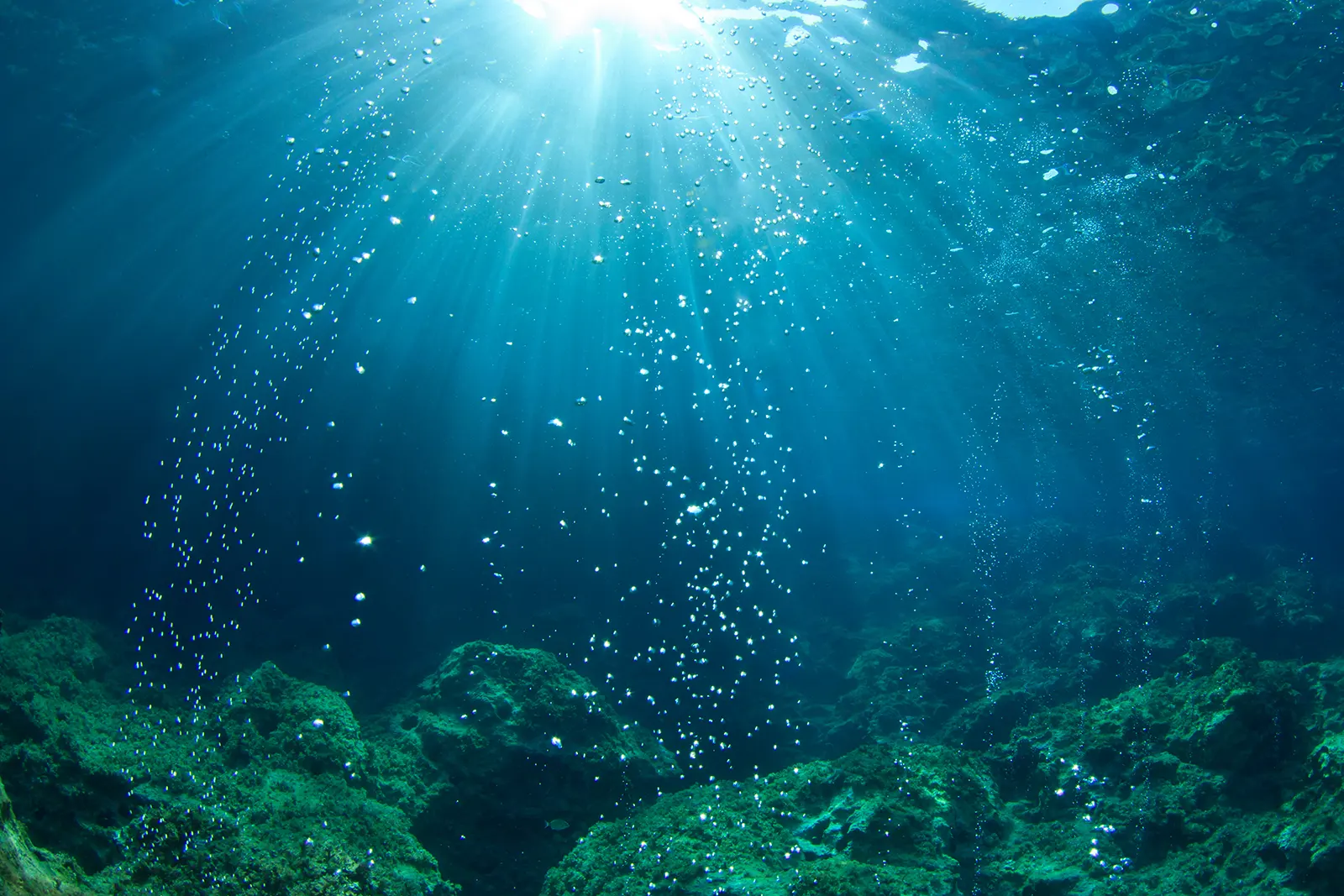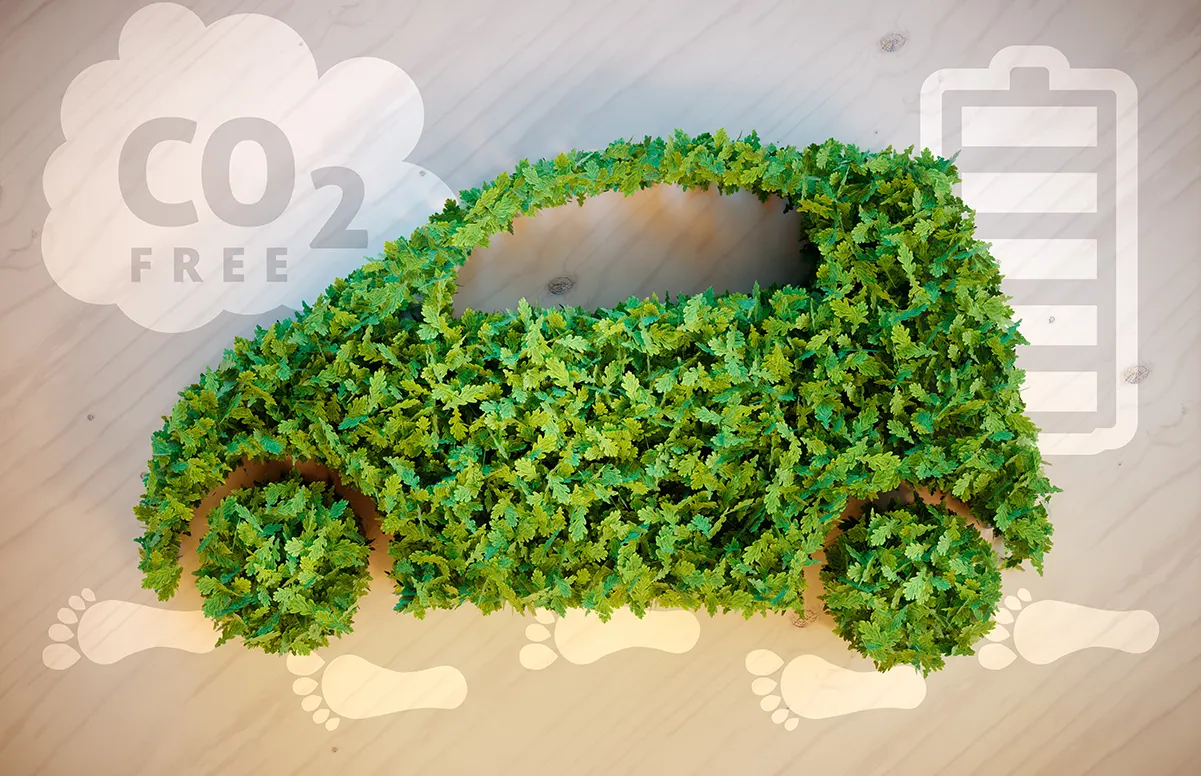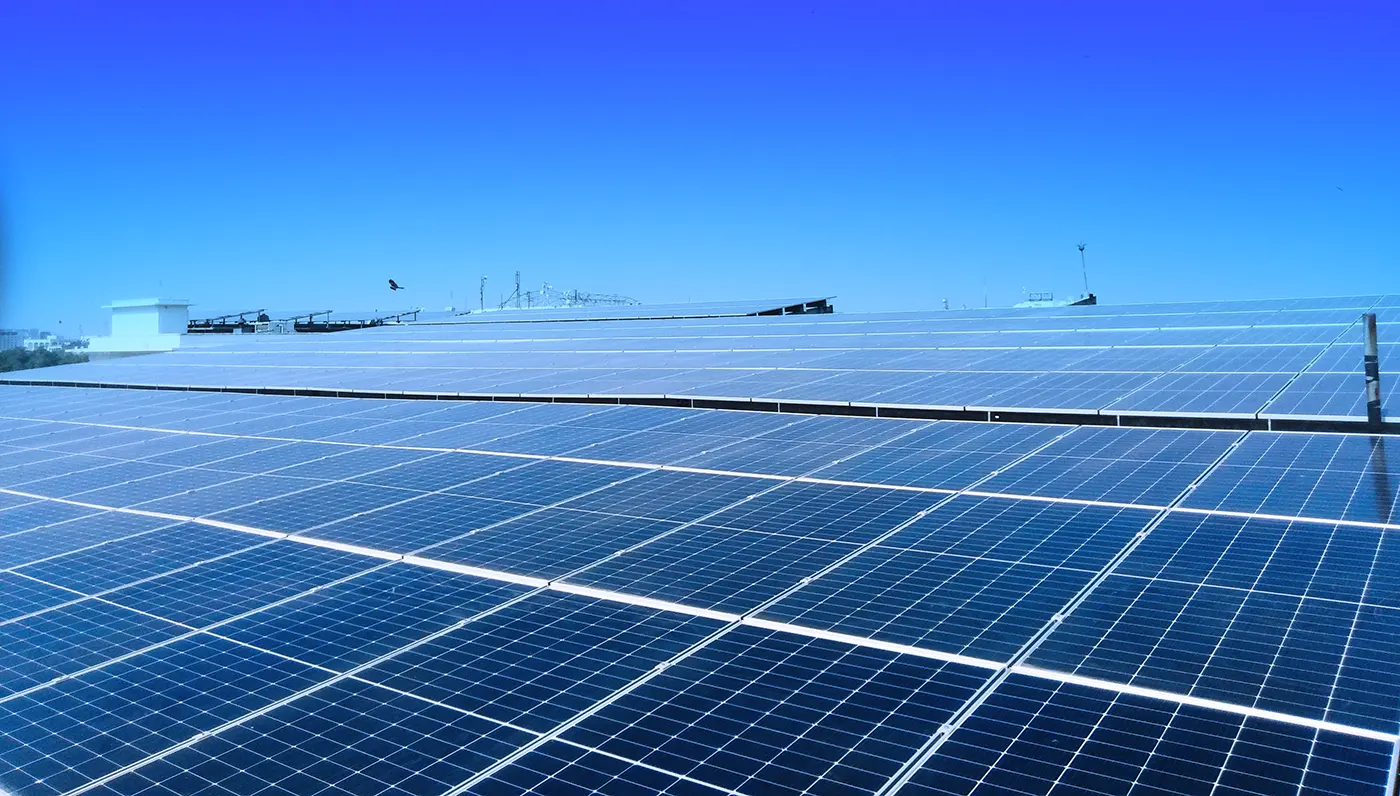Ocean Deoxygenation
When you think of the negative effects humans have had on the ocean what do you think of?
Perhaps the Great Pacific garbage patch? Or maybe soda liners wrapped around seagulls?
It’s time we also start talking about the actual fabric of the ocean- the water.
Oxygen levels
Ocean deoxygenation is the loss of oxygen from the ocean- it is one of the many effects of climate change. Globally oxygen levels have fallen around 2% since 1950, however, in some tropical regions oxygen has dropped 40%. Even without any further information, I am sure you find this 40% alarming.
Temperature, by definition, is the average kinetic energy of a substance, so, warmer oceans mean that water molecules, on average, have a higher kinetic energy. A higher kinetic energy means gas can escape more easily. This is why an increase in ocean temperature causes a loss of oxygen gas. Another reason for ocean deoxygenation is the fact that when glaciers melt they allow considerably less saline water to enter the ocean. This difference in salinity prevents surface water from mixing with water down below- stopping large amounts of oxygen from reaching deeper depths.
In summary, not only can the water not hold oxygen, but the oxygen it does hold isn’t reaching very far.
The changing oxygen levels leave room for an uncertain future. For instance, in areas of the coast of China where oxygen levels appear to be depleting, the population of the Bombay duck (a fish species) appears to be increasing. The Bombay duck can cope with lower oxygen levels, so when other less tolerant species clear out of areas their numbers rise. Less oxygenated waters mean that future seafood will most likely consist of smaller stunted fish.
‘Oceanic dead zones’ are areas where there is so little oxygen that fish and aquatic life cannot survive. Mass deaths in fisheries are the result of such ‘dead zones’.
If that wasn’t enough to panic you, well then I don’t think you will be happy to learn that we are killing off the species responsible for most of the ocean’s oxygen. Phytoplankton absorb sunlight from the surface and produce oxygen via photosynthesis. Unfortunately, recent studies have pointed out that phytoplankton has decreased by 1% annually, since 1950- due to rising ocean temperatures. Phytoplankton don’t just contribute to the ocean’s oxygen, but it has been estimated that they contribute 50-85% of oxygen in our atmosphere.
Ocean currents
We commonly think it is the Coriolis effect and the earth’s rotation that power the ocean’s currents, however, that is only half true. In reality, our ocean currents are powered by heat energy from our sun. The Coriolis effect and Earth’s rotation only affect the current patterns- they don’t drive them.
Currents are the basis for our weather patterns. Because of the earth’s curvature, solar irradiation is unevenly distributed across the earth’s surface. Ocean currents help to counteract this; cold water is flushed from the poles to the tropics and warm water is brought from the equator to back to the poles. This process allows a much larger percentage of earth’s land to be livable, compared to if they weren’t there. While the currents help spread the heat around the globe, the ocean’s water also acts as a great water store.
With global temperatures on the rise, our invaluable ocean currents are also being affected. Higher water temperatures means that there is less cold water, and it is the high density of cold water (due to its lower kinetic energy) that causes it to sink. With less sinking cold water our currents are slowing down.
We are trying to measure whether rising global temperatures are actually having a significant effect on ocean currents with instruments such as NASA’s GRACE (Gravity Recovery and Climate Experiments).
It is time we start focusing on more than using metal straws over plastic ones, we need to give our ocean its due attention. We cannot afford to ignore one of our biggest food and climate providers for any longer.
Ocean Deoxygenation
When you think of the negative effects humans have had on the ocean what do you think of?
Perhaps the Great Pacific garbage patch? Or maybe soda liners wrapped around seagulls?
It’s time we also start talking about the actual fabric of the ocean- the water.
Oxygen levels
Ocean deoxygenation is the loss of oxygen from the ocean- it is one of the many effects of climate change. Globally oxygen levels have fallen around 2% since 1950, however, in some tropical regions oxygen has dropped 40%. Even without any further information, I am sure you find this 40% alarming.
Temperature, by definition, is the average kinetic energy of a substance, so, warmer oceans mean that water molecules, on average, have a higher kinetic energy. A higher kinetic energy means gas can escape more easily. This is why an increase in ocean temperature causes a loss of oxygen gas. Another reason for ocean deoxygenation is the fact that when glaciers melt they allow considerably less saline water to enter the ocean. This difference in salinity prevents surface water from mixing with water down below- stopping large amounts of oxygen from reaching deeper depths.
In summary, not only can the water not hold oxygen, but the oxygen it does hold isn’t reaching very far.
The changing oxygen levels leave room for an uncertain future. For instance, in areas of the coast of China where oxygen levels appear to be depleting, the population of the Bombay duck (a fish species) appears to be increasing. The Bombay duck can cope with lower oxygen levels, so when other less tolerant species clear out of areas their numbers rise. Less oxygenated waters mean that future seafood will most likely consist of smaller stunted fish.
‘Oceanic dead zones’ are areas where there is so little oxygen that fish and aquatic life cannot survive. Mass deaths in fisheries are the result of such ‘dead zones’.
If that wasn’t enough to panic you, well then I don’t think you will be happy to learn that we are killing off the species responsible for most of the ocean’s oxygen. Phytoplankton absorb sunlight from the surface and produce oxygen via photosynthesis. Unfortunately, recent studies have pointed out that phytoplankton has decreased by 1% annually, since 1950- due to rising ocean temperatures. Phytoplankton don’t just contribute to the ocean’s oxygen, but it has been estimated that they contribute 50-85% of oxygen in our atmosphere.
Ocean currents
We commonly think it is the Coriolis effect and the earth’s rotation that power the ocean’s currents, however, that is only half true. In reality, our ocean currents are powered by heat energy from our sun. The Coriolis effect and Earth’s rotation only affect the current patterns- they don’t drive them.
Currents are the basis for our weather patterns. Because of the earth’s curvature, solar irradiation is unevenly distributed across the earth’s surface. Ocean currents help to counteract this; cold water is flushed from the poles to the tropics and warm water is brought from the equator to back to the poles. This process allows a much larger percentage of earth’s land to be livable, compared to if they weren’t there. While the currents help spread the heat around the globe, the ocean’s water also acts as a great water store.
With global temperatures on the rise, our invaluable ocean currents are also being affected. Higher water temperatures means that there is less cold water, and it is the high density of cold water (due to its lower kinetic energy) that causes it to sink. With less sinking cold water our currents are slowing down.
We are trying to measure whether rising global temperatures are actually having a significant effect on ocean currents with instruments such as NASA’s GRACE (Gravity Recovery and Climate Experiments).
It is time we start focusing on more than using metal straws over plastic ones, we need to give our ocean its due attention. We cannot afford to ignore one of our biggest food and climate providers for any longer.






